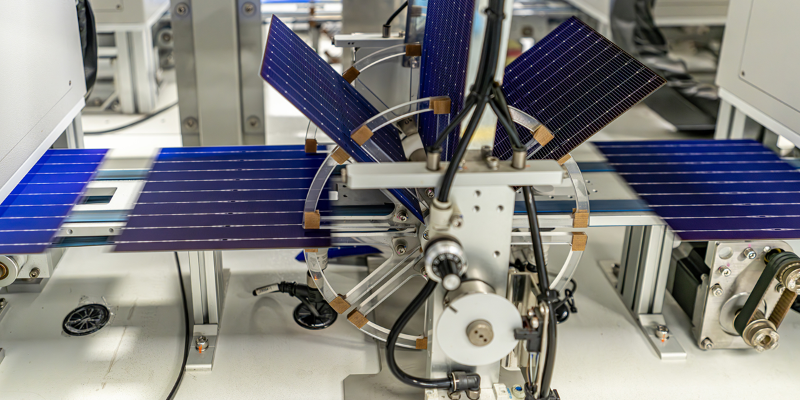New Tariffs Create Hurdle for Solar Energy

The U.S. Department of Commerce concluded its investigation in April into solar cell producers from four Southeast Asian countries, including Cambodia, Malaysia, Thailand and Vietnam. The investigation found that Chinese producers were circumventing existing tariffs on Chinese solar cells by exporting them through Southeast Asia.
The new antidumping duties, tariffs on solar cells for being priced below the fair market value, range from 9% to 200%, based on the country and the producer. Similarly, the new countervailing duties, tariffs on solar cells to offset production subsidies from the Chinese government, were substantially higher, from 14% to 3,403%.
Producers in Cambodia, who did not cooperate with the Commerce Department investigation, received the highest tariff rates. The average effective rate for each country, which includes both the antidumping and countervailing duties, is shown in the table below. Next, the U.S. International Trade Administration (U.S. ITA), an independent agency, will review and affirm the tariffs in June and they will go into effect thereafter.
| Country | Average Effective Tariff Rate |
|---|---|
| Cambodia | 651.85% |
| Malaysia | 34.41% |
| Thailand | 375.19% |
| Vietnam | 395.85% |
In the short term, the higher tariffs could push up the cost of solar cells in the U.S. The residential solar sector will probably experience the impacts of the tariffs first, given its relatively smaller inventory and higher dependence on Southeast Asian suppliers. On the other hand, large-scale solar developers were able to quickly stockpile solar cells and modules in 2023 and 2024 before the U.S. ITA placed interim tariffs on the Southeast Asian countries, potentially blunting the new tariffs’ affects. Despite these efforts, the full impact of the tariffs will probably be felt by 2026 and will determine the future growth and scale of the sector.
In 2024, the top five U.S. solar cell import partners were Vietnam (34%), Thailand (20%), Malaysia (16%), India (10%) and Cambodia (9%), according to U.S. ITA. With high tariffs on solar imports from Southeast Asia, the U.S. may shift and strengthen partnerships with countries like India, South Korea and Indonesia, if they have the production capacity to fill the supply gap. The tariffs also provide protection and an opportunity for domestic manufacturers to scale up.
Across the U.S., current solar cell production capacity is 50 GW per year, and, if the announced production expansion plans get built out, capacity will increase to over 80 GW per year, according to the Solar Energy Industries Association. The Inflation Reduction Act (IRA), passed in 2022, gave a boost to domestic manufacturing across the solar value supply chain. As the IRA is under review by Congress and the administration, it is yet to be seen whether the support through various incentives and tax credits for the domestic industry will continue and relieve some of the pressure from the new tariffs.
